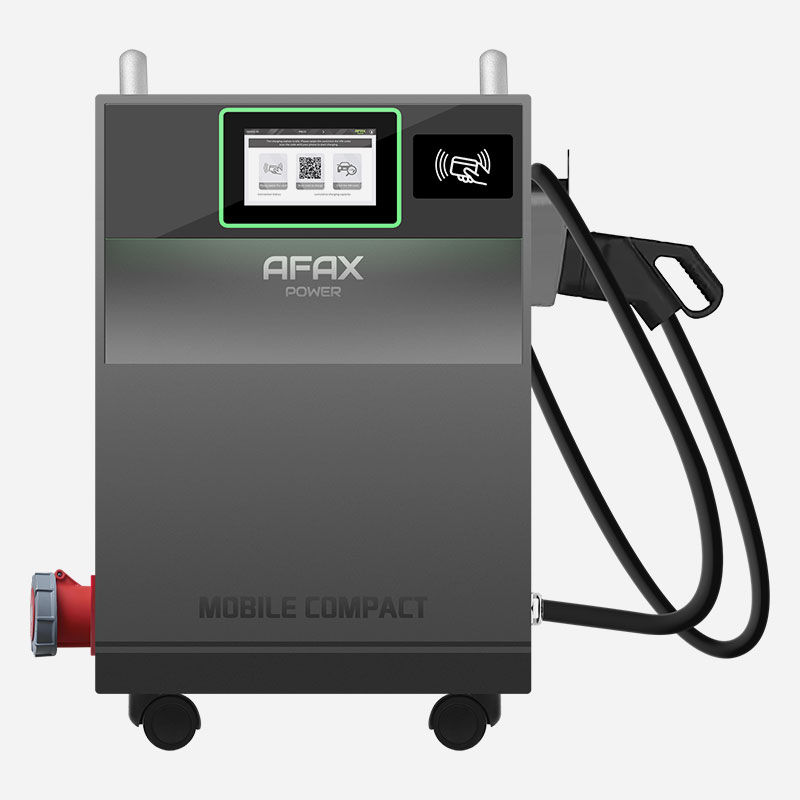Advantages and Disadvantages of DC Charging Piles
- Terry Law
- Aug 20, 2022
- 2 min read
Introduction

With the rise of electric vehicles, the demand for charging infrastructure has increased. DC charging piles, also known as DC fast chargers, have become a popular option for EV charging. However, like any technology, DC charging piles come with their own set of advantages and disadvantages. In this blog post, we will discuss three advantages and three disadvantages of DC charging piles. https://www.afaxpower.com/download
Advantages
1. Faster Charging
One of the main advantages of DC charging piles is that they offer faster charging compared to AC charging. DC charging piles can charge an electric vehicle up to 80% in just 30 minutes, which is significantly faster than the several hours required for AC charging. This makes DC charging piles a more convenient option for drivers on the go.
2. Higher Efficiency
DC charging piles are more efficient compared to AC charging. This is because DC charging directly converts the AC power from the grid to DC power, which is used to charge the vehicle. AC charging, on the other hand, requires an additional step of converting AC power to DC power, which can result in energy loss. This higher efficiency makes DC charging piles a more cost-effective option for charging electric vehicles.
3. Compatibility with High-Powered Vehicles
DC charging piles can handle higher-powered vehicles compared to AC charging. This makes them an ideal option for commercial vehicles, such as buses and trucks, that require a higher charging rate. DC charging piles are also compatible with different types of electric vehicles, including those that require a higher voltage for charging.
Disadvantages
1. Higher Cost
One of the main disadvantages of DC charging piles is their higher cost compared to AC charging. DC charging piles require additional technology and components, such as power electronics, to convert the AC power to DC power. This additional equipment adds to the cost of the charging pile, making it a more expensive option.
2. Limited Availability
DC charging piles are not as widely available as AC charging. This is because they require a higher power supply and more complex infrastructure. As a result, DC charging piles are typically found at dedicated charging stations or along major highways. This limited availability can be a challenge for EV drivers who may need to travel long distances. https://www.afaxpower.com/products
3. Potential Battery Damage
DC charging piles can potentially damage the battery of an electric vehicle if used too frequently. The high charging rate can cause the battery to overheat, reducing its lifespan. To avoid this, manufacturers recommend using DC charging piles only when necessary and not relying on them as the primary source of charging.
Conclusion
DC charging piles offer faster charging, higher efficiency, and compatibility with high-powered vehicles. However, they also come with a higher cost, limited availability, and the potential for battery damage. As electric vehicle technology continues to evolve, it is important to weigh the advantages and disadvantages of different charging options to determine the best option for your needs.
#ev충전 #evcharger #electricvehiclechargerstations #wallbox #cargadorvehiculoelectricotipo2 #telecomando433programmabile




Kommentare